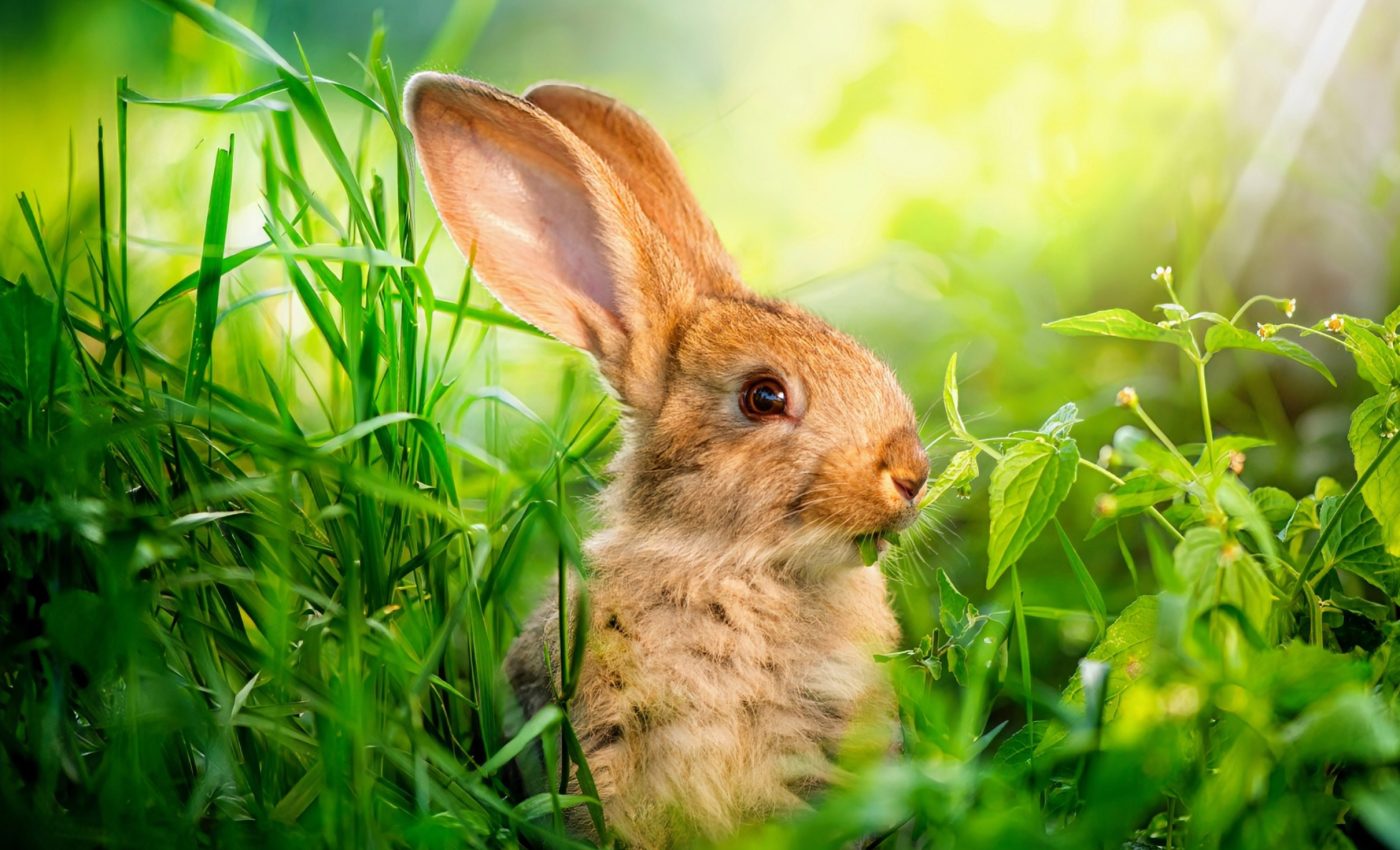
How do domestic rabbits thrive in the wild?
How do rabbits transform from fluffy pets to destructive invaders? Rabbits have spread across various countries, often causing severe economic and ecological damage, yet the secret behind their success has remained unclear – until now.
An international research team has sequenced the genomes of nearly 300 rabbits from three continents to uncover the genetic changes that make these animals exceptional colonizers.
Domesticated animals and their wild ancestors
Throughout history, humans have domesticated a wide range of animals. “Some changed so much from their wild ancestors, it is difficult to imagine they are related, like chihuahuas that descend from wolves,” said lead author Pedro Andrade, a researcher at BIOPOLIS-CIBIO.
“Changes are often so drastic, that if you put your pet back in the wilderness, it will be very challenging for it to survive.”
However, some domesticated animals do manage to adapt to the wild again, becoming what are known as ferals. Rabbits are a prime example.
They have been introduced to various parts of the world multiple times, and despite extensive research, scientists have long been puzzled by a key question: how do domestic rabbits, bred for life in captivity over thousands of years, not only survive but thrive when released into the wild?
Rabbits released into wilderness
“In a previous study by our team on the colonization of Australia by rabbits, we found that multiple releases of domestic rabbits had occurred over several decades, yet it was a single introduction of 24 wild ancestry rabbits in 1859 by Englishman Thomas Austin that triggered the massive population growth leading to one of the largest environmental disasters in history,” said Joel Alves, a scientist at BIOPOLIS-CIBIO and the University of Oxford.
Could this be the clue to understanding why rabbits so often establish feral populations? To investigate, the research team sequenced the genomes of nearly 300 rabbits, including six feral populations from Europe, South America, and Oceania, as well as domestic and wild rabbits from Southwest Europe, their native range.
This massive dataset – the largest genetic collection of rabbits ever assembled – enabled the researchers to determine what makes these rabbits so successful in the wild.
Mixed origin of rabbits
“Domestic rabbits are so common that we initially expected these feral populations to be composed of domestic rabbits that somehow managed to re-adapt to the wild, but our findings point to a more complex scenario,” explained Miguel Carneiro, one of the senior authors of the study.
Carneiro noted that despite looking at six largely independent colonizations, all these feral rabbits share a mixed domestic and wild origin.
The research revealed that during the transition back to the wild, genetic traits linked to domestication are often eliminated because they are detrimental in the wild, making animals more susceptible to predators. This effect is more pronounced depending on how extreme the trait became during domestication.
Natural selection in action
Leif Andersson is a professor at Uppsala University and another senior author of the study.
“In these feral populations, you will typically not see an albino or a fully black rabbit, even if these fancy coat colors are very common in domestic rabbits,” said Andersson.
“However, you may very well encounter rabbits that carry the mutation for diluted coat color, a domestic variant that has minimal effect on camouflage. This is a concrete example of natural selection in action.”
The natural selection process didn’t just target visible traits like coat color. The team also found strong evidence of natural selection acting on genes associated with behavior and nervous system development.
“Tameness is crucial for domestic animals to live close to humans, but it will not help a rabbit that finds itself back in the wild survive, so natural selection removes the genetic variants linked to tameness,” Andrade explained.
Broader implications of the study
The study has important implications for understanding evolution and will be closely watched by policymakers and conservationists.
Feral rabbits often become invasive pests, causing significant economic damage, and other animals that transition from domestic to wild, like feral pigs or cats, create similar problems.
“The best strategy to mitigate the impacts of invasive species is to prevent them from being introduced in the first place, so we hope our study provides important evidence to help evaluate and identify future invasion risks,” Carneiro concluded.
The study is published in the journal Nature Ecology and Evolution,
—–
Like what you read? Subscribe to our newsletter for engaging articles, exclusive content, and the latest updates.
Check us out on EarthSnap, a free app brought to you by Eric Ralls and Earth.com.
—–













